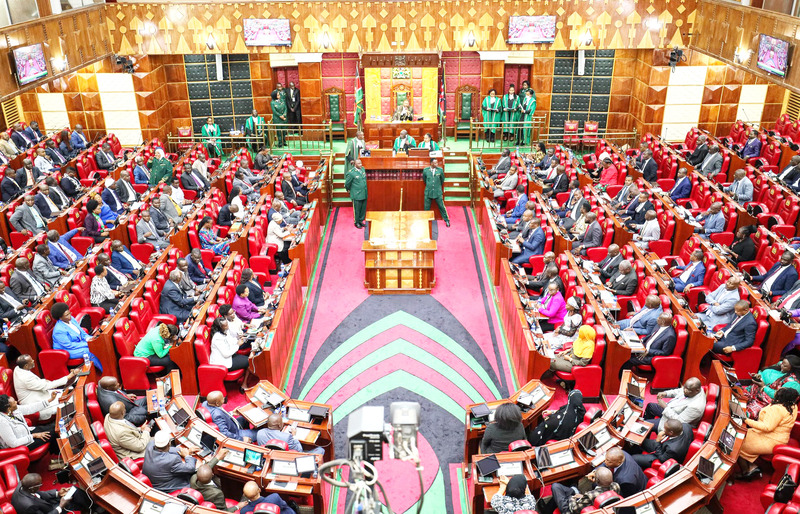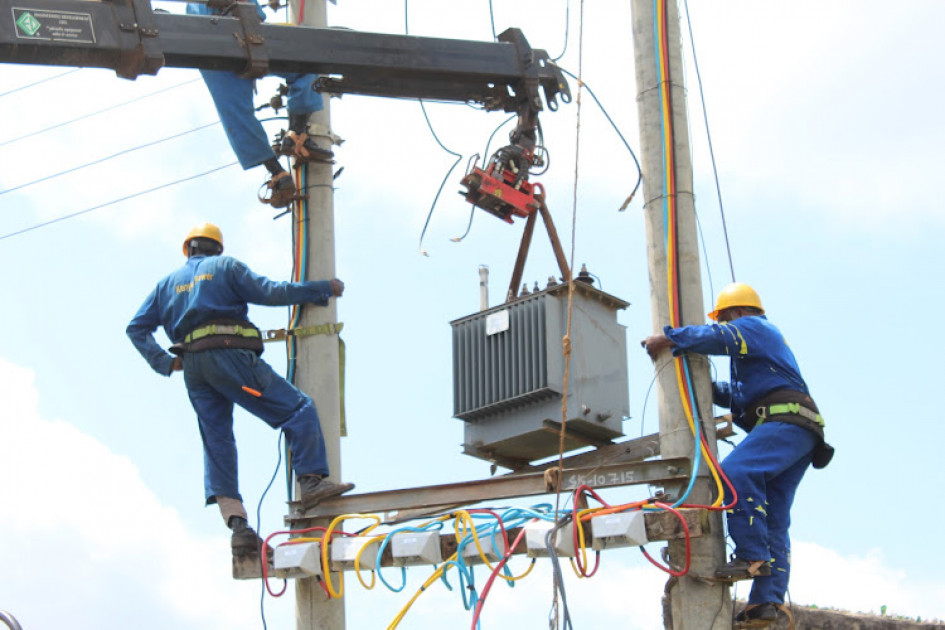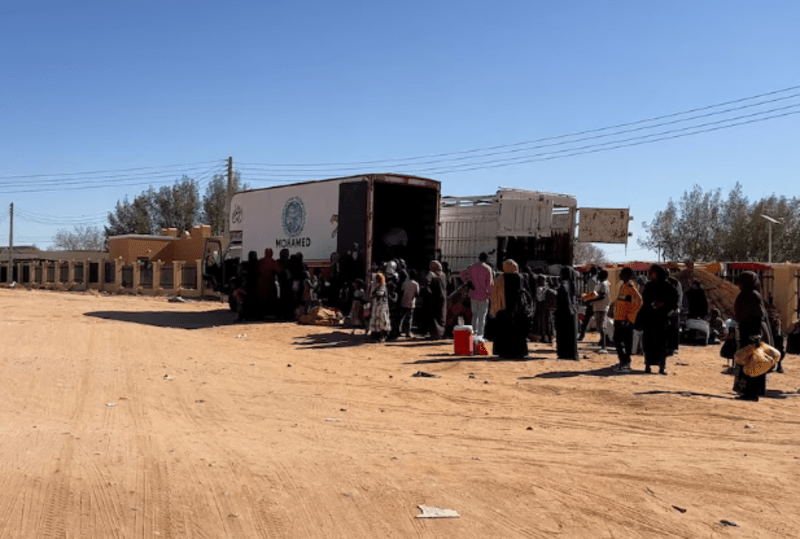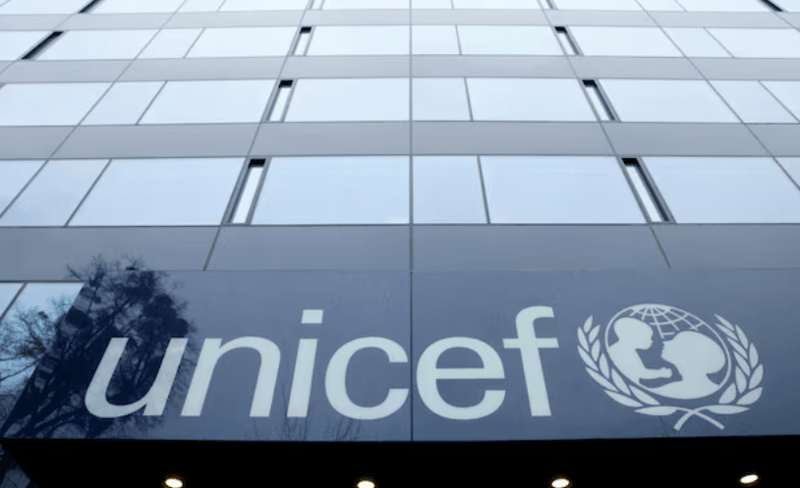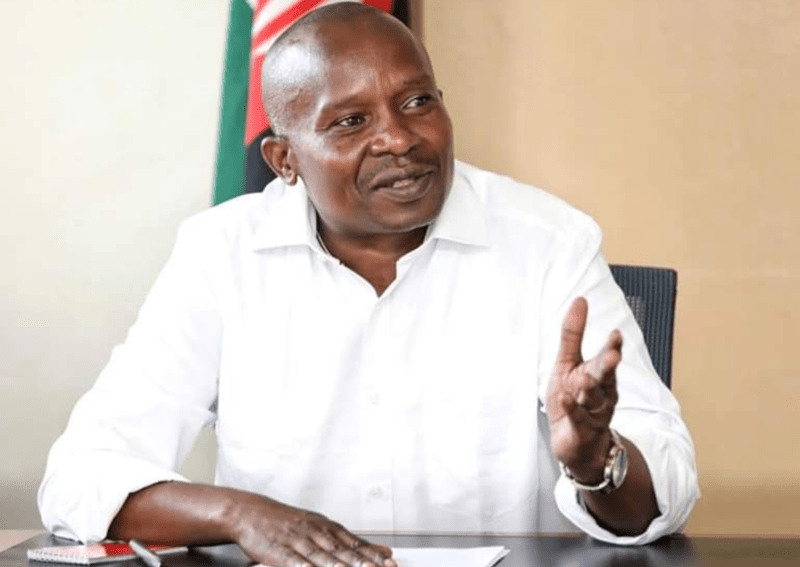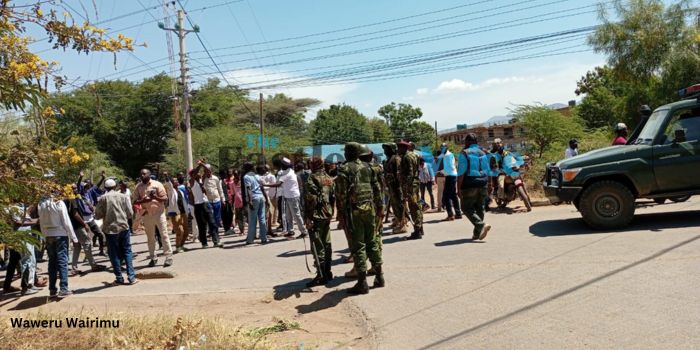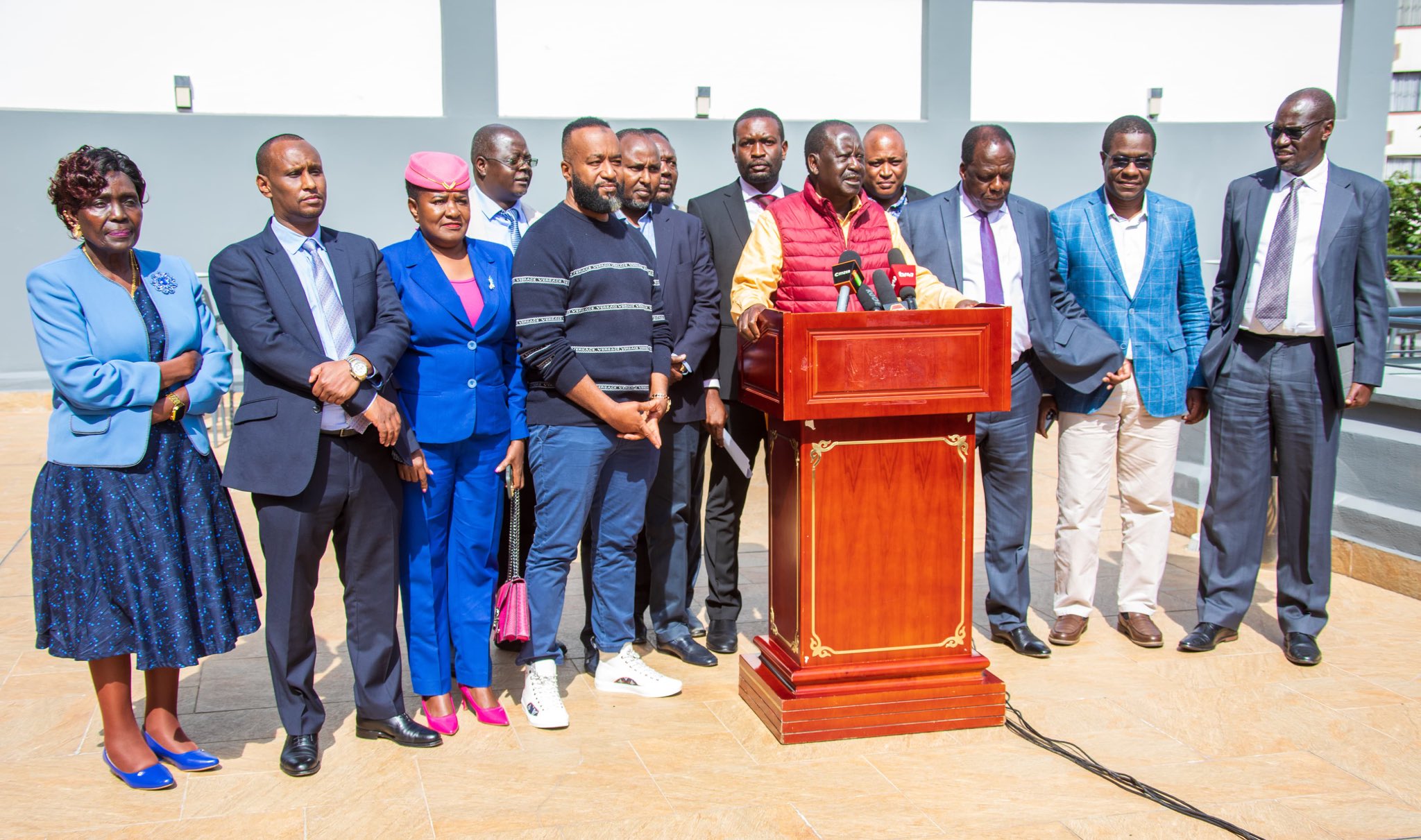Boom for dairy farmers as milk purchases by factories hit record high
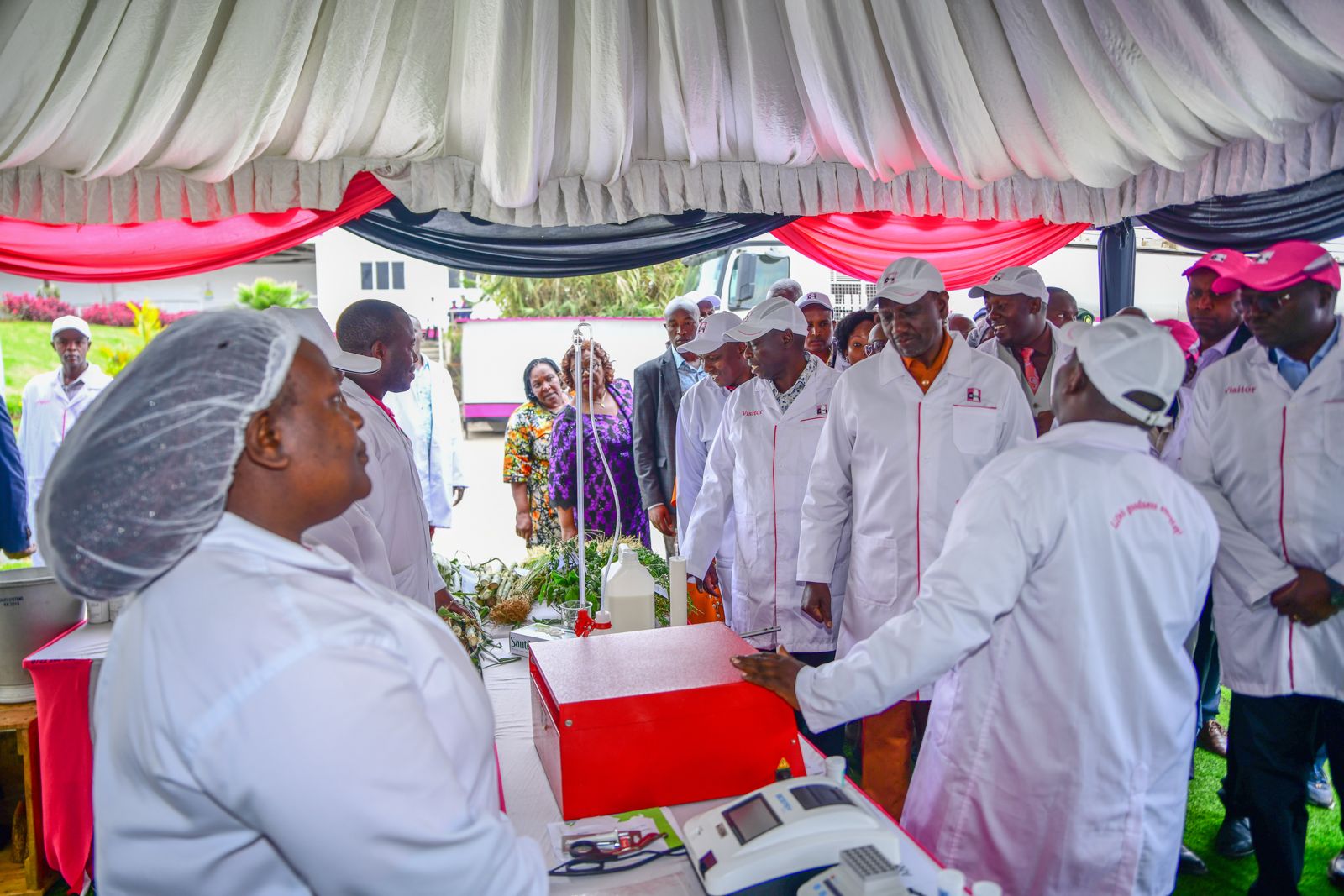
By Ibrahim Omar |
Milk purchases by processors remained at a high level throughout last year due to increased production by dairy farmers.
The quantity of milk bought from farmers by milk processing factories hit a record high in 2023, boosting their earnings and reinvestment into the business.
The latest data from the Kenya Dairy Board (KDB) shows that milk processors bought 810.76 million litres from farmers last year, an increase of 7.33 per cent from 2022, when the factories bought 755.34 million litres.
Keep reading
It is also more than the previous record set in 2021, when factories purchased 801.91 million litres. In December alone, for instance, the factories bought 75.68 million litres, the highest amount in 29 months.
Kenya has about 30 milk processors, the largest ones being Brookside Dairy, New Kenya Cooperative Creameries (NKCC), Sameer Agriculture and Livestock, and Githunguri Dairy Farmers Cooperative Society.
Milk purchases by processors remained at a high level throughout last year due to increased production by dairy farmers.
Kenya received heavy rains last year, which saw fodder thrive, meaning the cows had much more food to eat in the period, helping them produce more milk.
As a result of the increased production, milk prices remained relatively stable over the past year. Data from the Kenya National Bureau of Statistics (KNBS) shows that a litre of unpacketed milk sold at an average of Sh71.72 in January this year. This is an increase of just 0.6 per cent from the average price of Sh71.27 per litre in January last year.
Kenya's milk is primarily produced by smallholder farmers, who account for 56 per cent of the total output. The country produces an estimated 5.2 billion litres of milk per year with an estimated 1.8 million smallholder dairy farmers, who produce over 80 per cent of the milk.
The informal milk market is estimated to account for about 60 per cent of Kenya’s milk market, and the dairy sector is estimated to contribute to 14 per cent of the country’s agricultural gross domestic product (GDP).
However, milk farmers continue to grapple with high prices of dairy inputs - when prices rise, farmers sometimes incur huge losses as the costs surpass sales.
A recent study by the dairy board shows that 84.8 per cent of the total costs incurred in running a dairy farm goes into animal feeds. The second and third largest costs are labour and breeding, which translate to 6.2 per cent and 2.6 per cent of the total costs respectively, according to the study.

